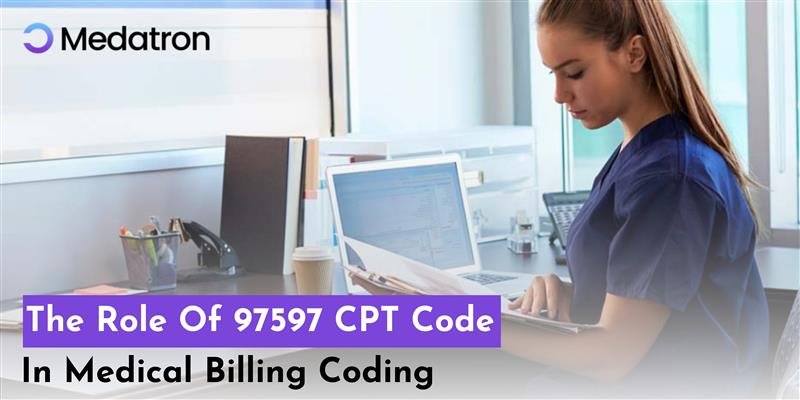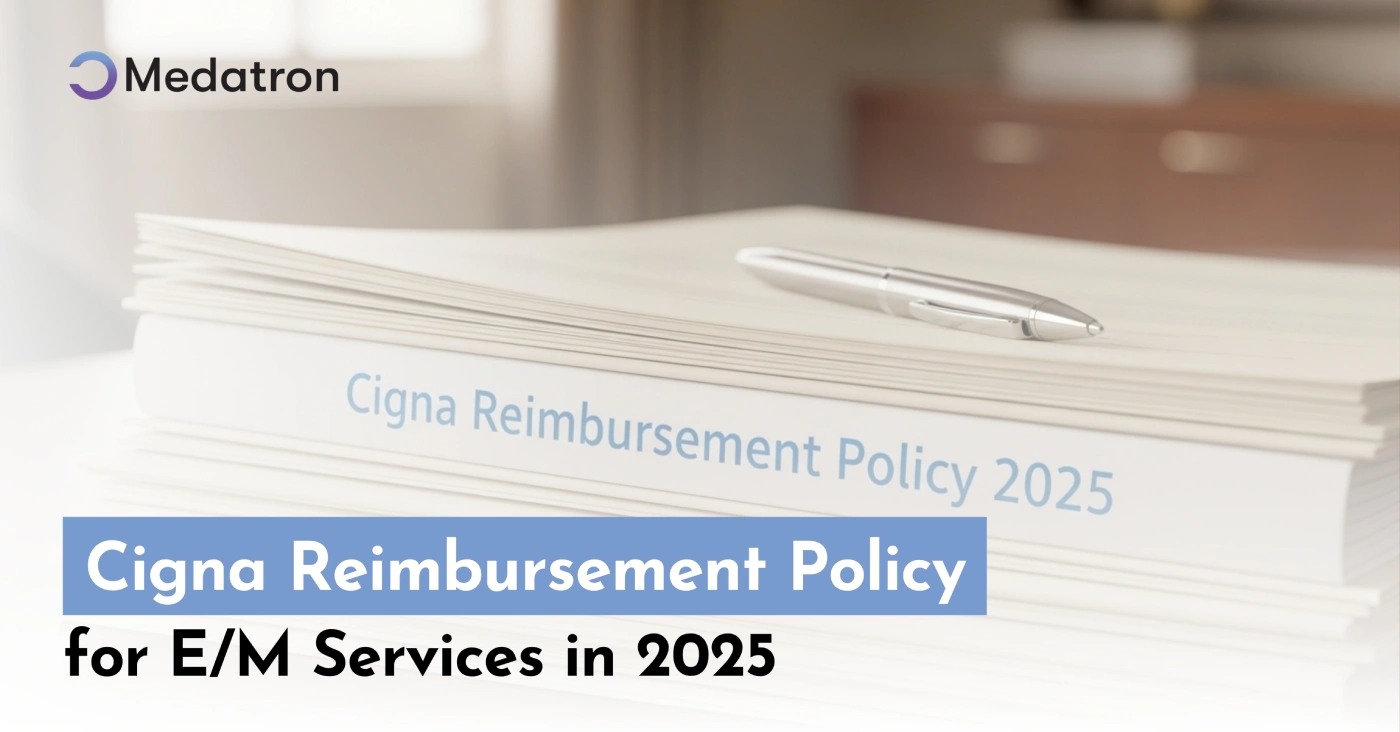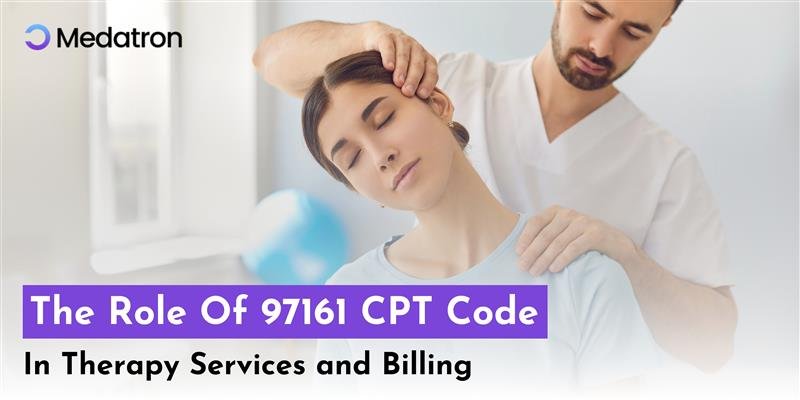Knowledge of specific CPT codes is essential in medical coding, especially in physical therapy, rehabilitation, and wound care. These codes ensure proper billing and reimbursement for medical services. One such code that is critical in the management of wound care is the 97597 CPT code.
What is the 97597 CPT Code?
The 97597 CPT Code refers to a specific therapeutic procedure used in wound care, particularly “debridement (removal) of devitalized tissue from a wound, including topical application of appropriate dressings.” This code is used when a healthcare provider performs a non-surgical wound debridement.
Debridement is a critical procedure in wound management because it involves removing dead, damaged, or infected tissue from a wound. This helps reduce the risk of infection, promote healthy tissue growth, and accelerate the healing process. The goal is to create a clean, healthy wound bed to allow new tissue to form and help the body heal faster.
When is CPT Code 97597 Used?
These are services that usually involve the 97597 CPT Code. That is, a healthcare provider does the following:
- Non-surgical debridement: This could be removing dead or dying tissue from a wound by various methods, such as mechanical, enzymatic, or autolytic debridement.
- Application of topical dressings to a wound: Once the eschar has been debrided, a dressing is often placed to prevent further infection and promote healing. This is a CPT code reimbursable for dressings that assist the patient with wound management.
- Wound healing treatment: This code is often linked with the continuous treatment and monitoring of chronic or deep wounds, which may not quickly respond to conventional therapies. Wound types generally treated under this code include ulcers caused by diabetes, pressure ulcers, and venous stasis ulcers.
Key features of CPT Code 97597
These are some of the significant components that mark CPT code 97597:
- Debridement: It methodically removes dead tissue from a wound. It could be the removal of dead skin, tissue, or infection that prevents healing.
- Topical Dressing: Once debridement is done, topical dressings such as hydrocolloids, foam dressings, or antimicrobial ointments are applied to the wound to help heal it.
- Non-surgical Procedure: The CPT code 97597 is used for debridement when the wound does not require surgical intervention. It is used for chronic wounds or wounds that do not require surgical interventions.
- Professional Wound Care: The procedure is being performed under the care and supervision of a trained professional, such as a nurse, physical therapist, or physician.
How is CPT Code 97597 Billed?
CPT code 97597 is commonly billed for each debridement session, including dressing application. However, the code must be specifically for an initial or follow-up session. It is usually an outpatient code and is more commonly used in clinics or private practices focused on wound care.
For purposes of medical billing, the providers have to make sure the documentation includes
- Wound details: size, type, and severity of the wound
- Description of the debridement procedure: mechanical, enzymatic, or autolytic
- Type of dressings used
- The condition of the wound after treatment
Any payer-specific guidelines should be followed because different insurance companies have different requirements for reimbursement.
What Does CPT Code 97597 Contain?
- Debridement of the Wound: removal of dead or infected tissue using scissors, scalpels, or special dressings.
- Application of Dressings on Top: Following debridement, the wound will be dressed with a suitable wound care dressing to avoid infection and promote healing.
- Wound Assessment: The provider will evaluate the wound before and after the procedure to ensure proper healing and treatment progression.
- Follow-up Care: CPT 97597 can be used for follow-up care during the treatment period for ongoing wound management.
CPT Code 97597 vs. Other Wound Care Codes
There are other CPT codes associated with wound care that have different foci. To ensure proper billing and care documentation, it’s crucial to differentiate among these codes:
- CPT 97598: This code is utilized for more extensive debridement procedures that involve a larger surface area or the removal of more tissue. It’s utilized when a larger wound or more complex treatment is needed.
- CPT 11042–11047: These codes refer to surgical debridement, a more invasive process where the tissue is removed using surgical tools. These codes are used when the provider performs a surgical procedure rather than a non-surgical method.
Key Considerations When Using CPT Code 97597
- Documentation is Important: Proper documentation is necessary when billing for CPT code 97597. Documentation must include the type and extent of the wound, debridement methods utilized, and any other treatments administered.
- Insurance and Reimbursement: Some insurance policies require extra information to cover the procedure. It is also important to verify the patient’s insurance coverage and then bill according to the wound care billing guidelines.
- Reimbursement Rate: Reimbursement rates for CPT 97597 depend on location, payer policies, and wound complexity. Providers should contact insurers for expected reimbursement.
- Appropriate Use: The code is for non-surgical debridement. Therefore, this code cannot be used in a surgical setting or where intensive care is needed.
Streamlining CPT Code 97597 with the Medatron Approach
A Medatron approach in simplifying the process for the CPT Code 97597 would include integrating advanced automation tools, standardized documentation procedures, and real-time feedback systems. This reduces error rates for healthcare providers to improve patient care and, consequently, financial performance by leveraging the use of technology to automate most components of the coding, billing, and wound care process. This method will track every treatment step, from the first wound assessment to follow-up care, ensuring timely and accurate reimbursements for services rendered.
Conclusion
The 97597 CPT code plays a critical role in wound care management, especially in non-surgical debridement and dressing applications. Appropriate usage of this code ensures proper billing and reimbursement while offering effective treatment to patients with chronic or complex wounds. By understanding the core features of the code, distinguishing it from related wound care codes, and correctly documenting, healthcare providers can also streamline their processes and enhance patient outcomes. The Medatron approach of automation, standardized workflow, and real-time feedback added further efficiency, compliance, and financial performance to the wound care management. The outcomes were seamless, providing value to healthcare providers and the patients in ensuring proper and timely reimbursement.







